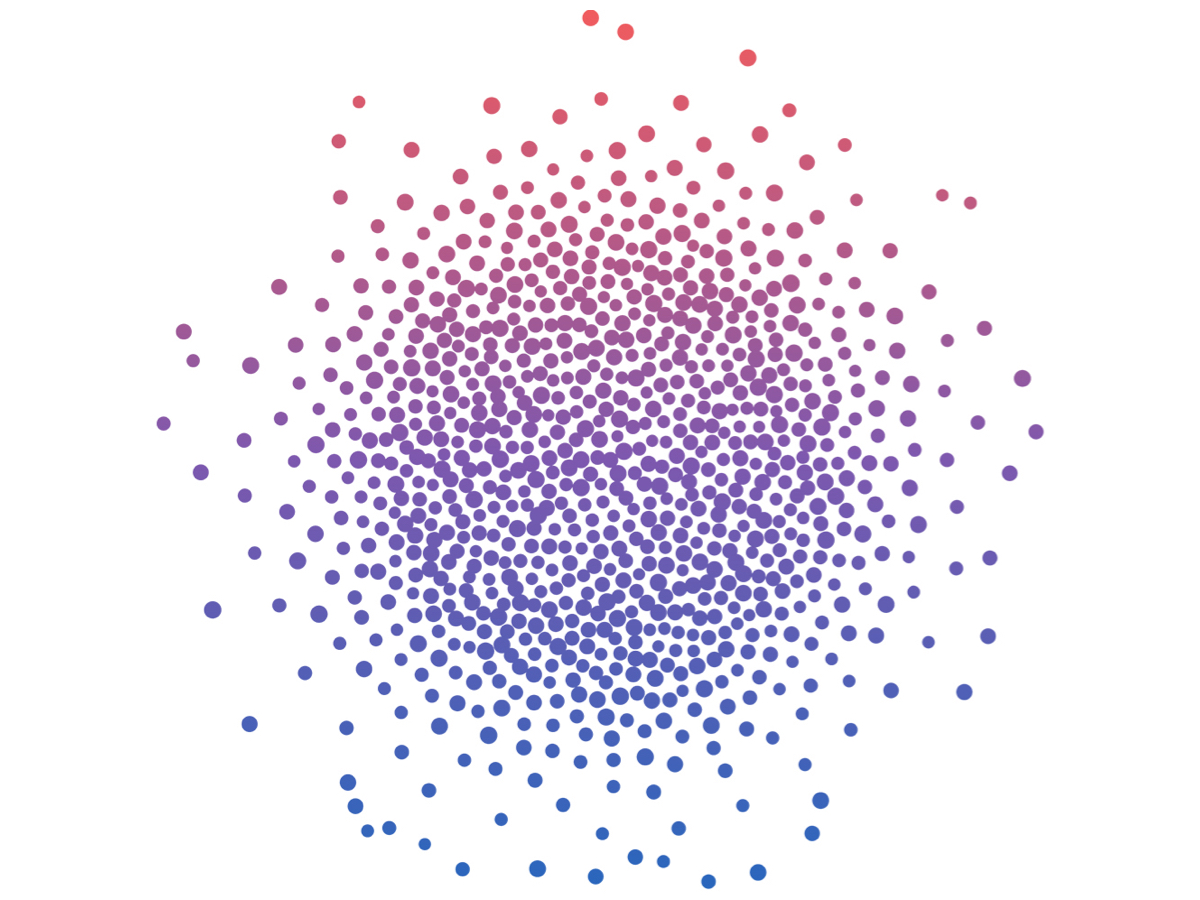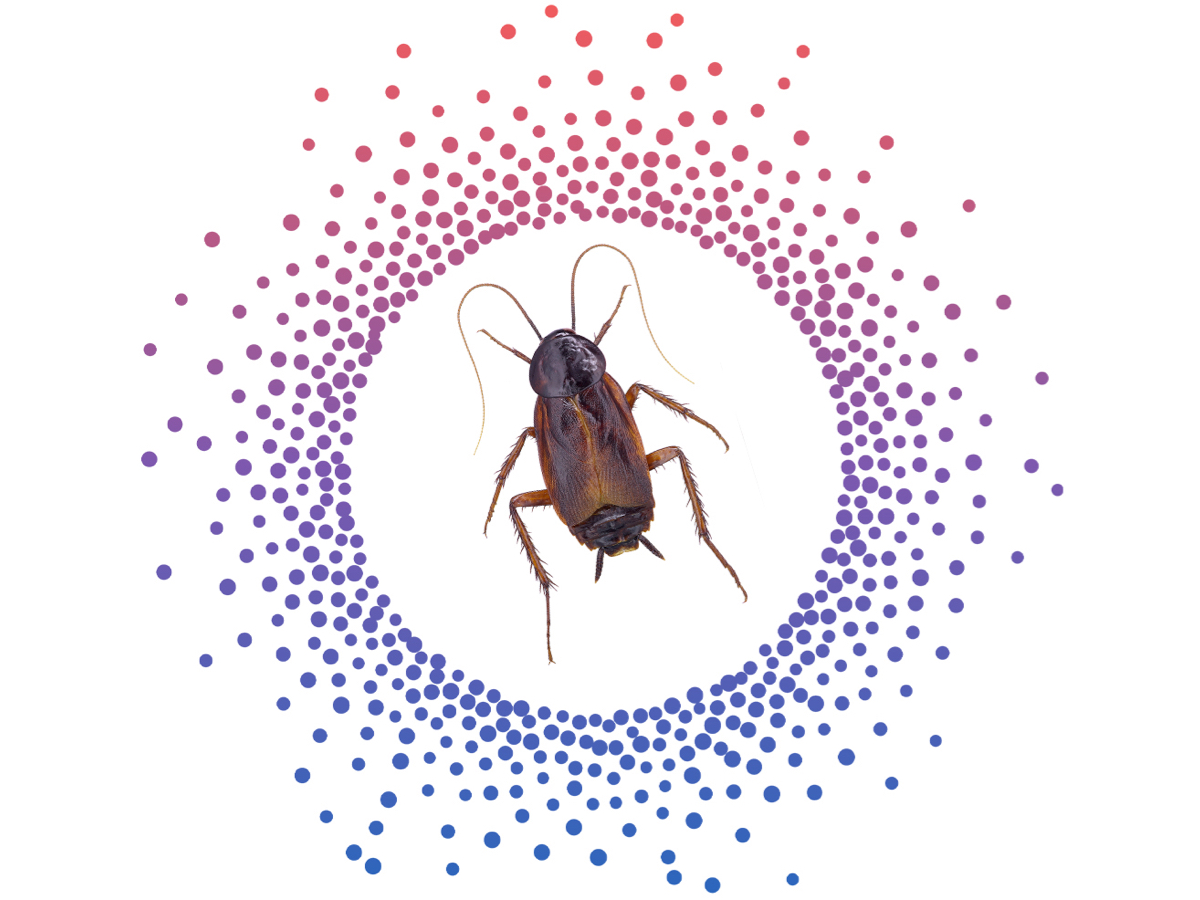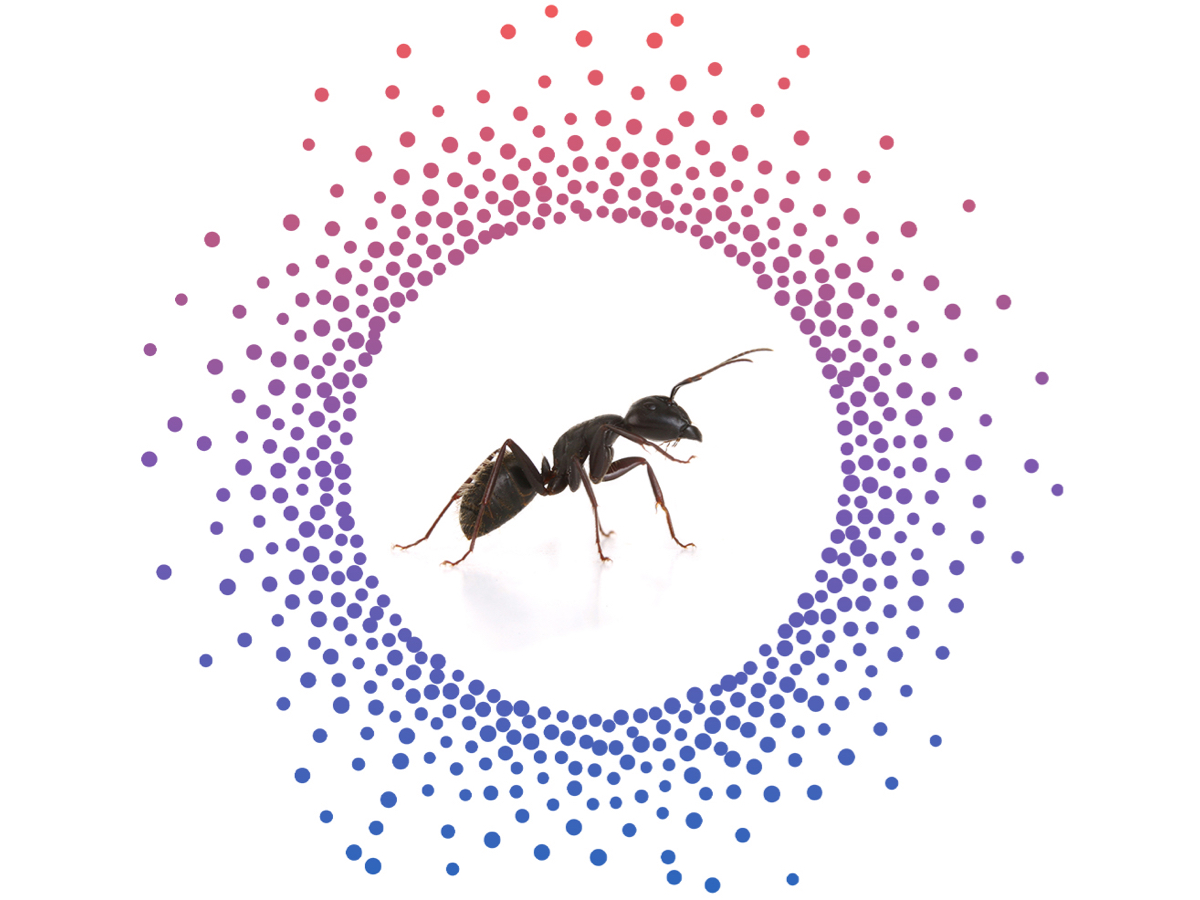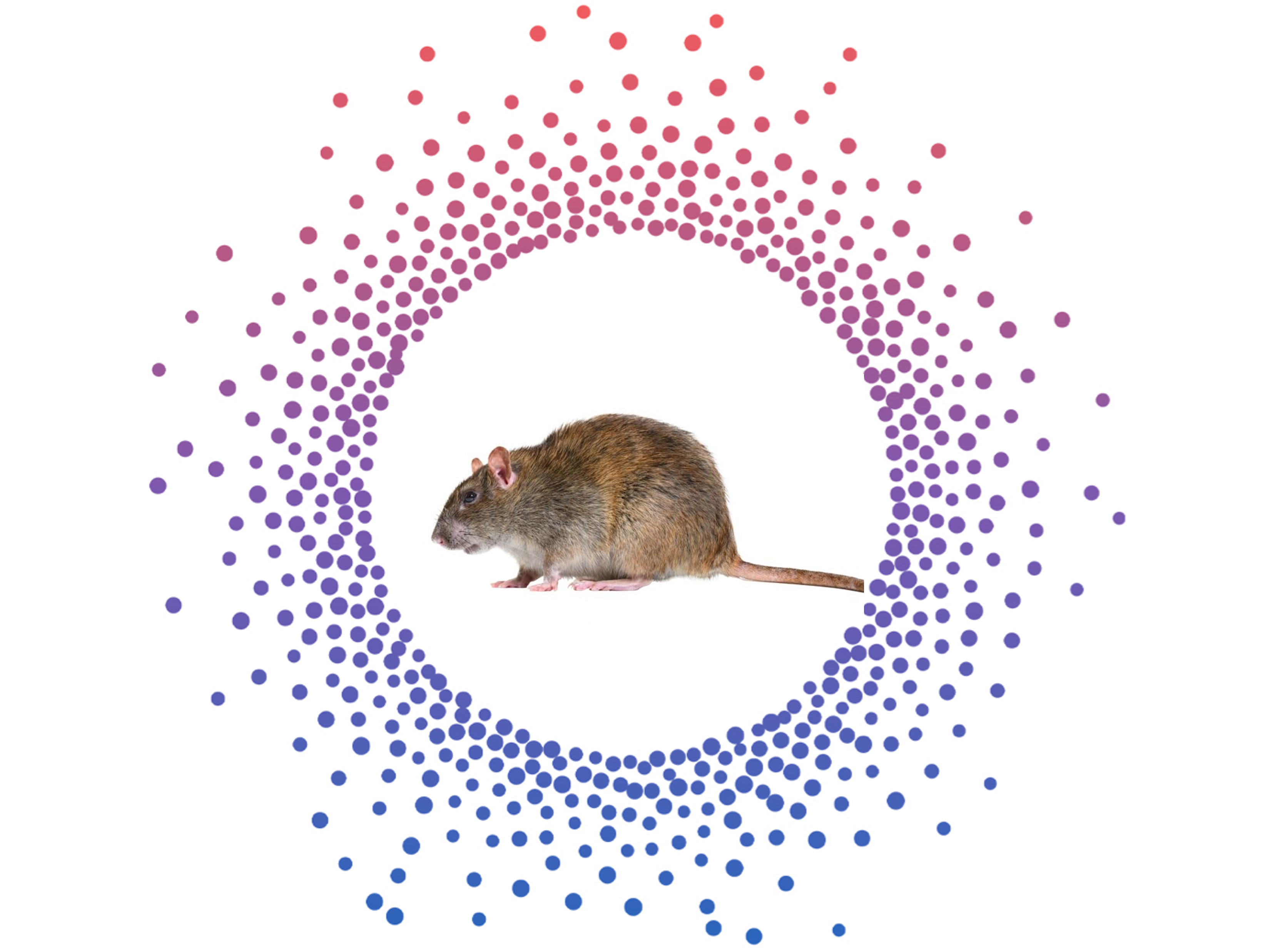NEW - Actellic line
Introducing the newest addition from Envu Pest Control solution
The Science behind Maxforce

General insect control
Adapt to a range of challenging pests with a broad portfolio of advanced solutions.
AquaPy® >
Ficam® D >
K-Othrine® Partix >
See all solutions >

Cockroach solutions
Keep cockroach challenges in check at every stage with a system designed for total control.
Maxforce® Platin >
See all solutions >

Ant solutions
Get year-round control of ants with products designed to tackle different environments, species and behaviors.
Maxforce® Quantum >
Maxforce® Pushbox >

Rodents solution
Help customers protect their biggest investment with high-performing, long-lasting termite products.
Racumin® Foam >
Harmonix® Rodent Paste >
See all solutions >
Keep up to date with the latest pest news from Envu
-
Envu Formulations
Outsmarting Rodents, Outperforming the Competition
Prevention is better than the cure
-
Harmonix® Rodent Paste - Flexible Control for Open Areas
The withdrawal of second-generation anticoagulant rodenticides for use in open areas and waste dumps in 2024 marked a significant regulatory shift in UK rodent management
Prevention is better than the cure
-
Outsmarting Rodents
Behavioural Insights for Smarter Baiting and Effective Control
Prevention is better than the cure
-
Formulation technology behind Maxforce®
Active ingredients get the attention – but formulations lead to success in cockroach control
Prevention is better than the cure
-
Maxforce – Number One for Reliable Cockroach Control
With an ever-expanding list of decisions to make, and a vast range of bait options to choose from, staying ahead in cockroach control demands innovation, expertise, and a deep understanding of both the target species and the evolving landscape of pest management. By choosing Maxforce® from a trusted brand like Envu, PCOs benefit from our 40 years of experience at the forefront of the pest control industry, and are equipped with the most effective, cutting-edge solutions to tackle any cockroach problem.
Prevention is better than the cure
-
Protecting Harvests with Integrated Pest Management
How IPM can safeguard profit against the risk of stored grain pests
Prevention is better than the cure
-
The Proven Solution for Protecting Grain
The smart choice for protecting grain
Prevention is better than the cure
-
The Vital Role of Deltamethrin in Grain Protection
In the agricultural sector, grain storage plays a key role in maintaining food security by preserving harvested crops. However, death this process is not without its challenges, in particular, the risk of pest infestation. One tool is essential in the fight against these pests: Deltamethrin. This article explores its importance in grain protection, how it works and why it outperforms alternatives.
Prevention is better than the cure
-
The Challenges of Cockroach Control
Understanding cockroaches and top tips for controlling infestations
Prevention is better than the cure
-
History of Maxforce and gel bait
How Decades of Scientific Progress Have Led to Maxforce Platin
Prevention is better than the cure
-
Why gel baits are ideal for the food industry
The food industry demands unparalleled efficacy in cockroach control. One solution that stands out is gel baits.
Prevention is better than the cure
-
Why gel baits are ideal for the food industry
The food industry demands unparalleled efficacy in cockroach control. One solution that stands out is gel baits.
Prevention is better than the cure
-
How to control silverfish
Recent years have seen a rise in silverfish infestations and as they can often be hard to control due to behaviour and habitat. We hear from a global industry expert, who gives his advice on identification, control, and research into new bait formulations.
Prevention is better than the cure
-
What is the impact of climate change on grain protection in Europe?
Exploring the effects of climate change on grain protection in Europe: An interview with Daniel Lucien, Technical Service Manager at Envu EMEA
Prevention is better than the cure
-
Grain Protection
R&D Leadership Insights: Effective Strategies for Grain Store Pest Control
We talk to Dr Stefan Endepols, (Envu Biologist, Rodent Management and SPP), about protecting grain and what the future holds for insecticide treatment.
Prevention is better than the cure
-
Protect your grain: The power of Deltamethrin in pest management
Find out how Deltamethrin provides superior and lasting control of grain pests in the food industry. And to make it even more effective, how can it be used in synergistic combinations?
Prevention is better than the cure
-
What’s lurking beneath?
The grain store house of horrors
Grain stores are essential for the preservation of harvests, safeguarding precious crops for market and key in preserving profit for farmers and growers
Read more
-
The Perfect Storm for Resilient Rats
Amid the turmoil of dealing with the destruction and flooding of homes and businesses, is the need for awareness that climate change is providing the perfect storm for increased problems from rats. Our National Account and Technical Manager UK & Ireland, Richard Faulkner explains in this blog.
Prevention is better than the cure
-
Envu Collaborate on St Helens Island Conservation Project
Nestling 28 miles off the west coast of Cornwall is St Helens, a 26-hectare uninhabited island that forms part of the archipelago of the Isles of Scilly. The island’s seabird population is under threat as nests, chicks and even adult birds themselves fall prey to one of our most common pests, Rattus Norvegicus or the common rat. Envu has been working with the Isles of Scilly Wildlife Trust and the Royal Society for the Protection of Birds (RSPB) to help eradicate the population of rats from St Helens.
Prevention is better than the cure
-
Helping Hoteliers in the Fight Against Bed Bugs
Bed bugs seem to be everywhere; all over the news, and unfortunately also in many beds. As numbers reach epidemic proportions, they are a real bugbear for hoteliers, sapping both business reputation, manhours and profit.
Prevention is better than the cure
-
Rodent Control
Effective Rodent Baiting: What You Need to Know
Effective rodent baiting calls for a proactive strategy that accounts for the variations in the environment and problem species, plus an understanding of which products will work best and why.
Read more
-
Envu regulatory landscape – compliance unveiled
Join us in our latest blog as we navigate the maze of compliance, and speak to Carine Bioland, Regulatory Science Manager for the UK/IE -BENELUX to discover more about the regulatory landscape that Envu works within.
Prevention is better than the cure
-
Rodenticides 101: A Guide for Pest Controllers and Farmers
In the world of professional pest control and farming, effectively managing rodent populations is crucial to protect crops, livestock, and public health.
Prevention is better than the cure
-
Rodent Control Hierarchy: Practical Steps to Sustainable Pest Management
Pest Control Operators (PCOs) and farmers are being driven towards eco-friendly pest management. At the core of sustainable pest management is adopting strategies that protect the environment and non-target species while minimising the use of chemical controls. The Rodent Control Risk Hierarchy is the starting point.
Prevention is better than the cure
-
Envu: One Team, One Dream, One Year Old
It’s one year since Envu was established and what an eventful year it has been. Find out what we've achieved so far!
Prevention is better than the cure
-
Bed Bugs uncovered: explore our blog and new podcast edition
Join us as we explore the critical aspects of bed bug infestations, from their resurgence to the challenges of treatment and the ability of early detection and unveil the science behind our new rapid bed bug detection device TruDetx™.
Prevention is better than the cure
-
A healthy outside starts from inside – wellbeing at Envu
In our latest blog we speak to Alan Morris, Head of Northern Europe, and Managing Director for the UK as he gives comment on wellbeing within Envu, his latest challenge and the importance of a strong team. Take a moment to read what Alan had to say…
Prevention is better than the cure
-
Spotlight on Young Pest Controllers: Celebrating Dedication and Innovation in the Pest Control Industry
The anticipation builds for this year's Young Pest Controller of the Year award which will be announced at the National Pest Awards. This renowned and respected industry event unites professionals from the British pest control sector to celebrate, acknowledge, and honour the outstanding achievements within.
Prevention is better than the cure
-
Dynamic IPM - The Green Light for Sustainable Rodent Control
Pest Control Officers (PCOs) must adopt more sustainable approaches to pest management. Control methods that minimise risks to health and the environment, while also showing economic benefits are coming to the fore, with Integrated Pest Management (IPM) set to become the most effective part of the pest management tool kit.
Prevention is better than the cure
-
Envu R&D – Innovations in Pest Control
In this technical article, we speak to Envu’s Product Development Manager, Dr. Volker Gutsmann to find out more about product development and what we can expect to see in the future from Envu.
Prevention is better than the cure
-
The Impact of Ants – are they really a problem?
Ants are remarkable creatures; a fact regularly echoed on our TV screens. They are small but mighty being able to carry fifty times their body weight. While at the forefront of public consciousness for their remarkable abilities, the same talents can also make ants troublesome and resilient pests, yet all too often we overlook their nuisance potential in favour of their impressive skillset.
Prevention is better than the cure
-
Exploring a Career in Pest Control: An Exciting Path for Young Professionals
In our World Youth Skills Day blog, we will consider pest control and careers within the sector, shedding light on opportunities, the skills required, and potential career paths. We also hear from members of the Pest Solutions team and what they enjoy about the industry.
Prevention is better than the cure
-
Reducing chemicals in exchange for simpler, sustainable and innovative solutions on public health
As disease vectors and sources of allergens, rodents pose a significant threat to public health. Facing this challenge, Pest Control Operators need efficient work methods, such as digital monitoring.
Prevention is better than the cure
-
Make Every Grain Count
Timely grain store preparation will help protect profit
Prevention is better than the cure
-
Providing sustainable products and solutions to protect public health
Everyday at Envu, we take one step forward towards building a company that is environmentally conscious. Hence we remain committed to reducing the use of chemicals in our products and our environmental footprint as a whole. Learn how we continue to provide our customers and stakeholders with sustainable solutions.
Prevention is better than the cure
-
HACCP certification – what it means to you
Hazard Analysis and Critical Control Points (HACCP) is an internationally recognised systematic approach to food safety. It identifies, evaluates, and controls potential hazards throughout the food production process and is underpinned by seven principles. This blog provides readers with an understanding of HACCP and what the HACCP international logo means.
HACCP certification – what it means to you
-
Advice
Bug-bare: Ten things you didn’t know about Cockroaches
And expert tips to keep them at bay…
Prevention is better than the cure
-
Off to a Fly-ing Start
Climate Change to Perpetuate Problem Pests - read our blog to find out more.
Prevention is better than the cure
-
Mental Health Awareness Week – Dealing with Anxiety
Anxiety is the theme of this year’s Mental Health Awareness Week (15-21 May 2023) and so here at Envu, we’re building on our partnership with the charity CALM (Campaign Against Living Miserably). Together we’re shining a light on the issue of anxiety and offering practical help for those working in pest control.
Prevention is better than the cure
-
Advice
Rat Race for Avian Flu
Step up rodent control in fight against bird flu says national body. As Bird Flu (Avian Influenza) restrictions are relaxed in the farmed bird sector, both the government and trade associations maintain, that bird keepers must still enact powerful measures to combat rodents, as rats and mice are cited as potential vectors in spreading the disease
Prevention is better than the cure
-
International Women’s Day – What it means to us
As part of International Women’s Day (IWD) we’re speaking to Lucy and Lucy from our Envu UK team about the key messages and exploring this year’s chosen theme #EmbraceEquity.
Prevention is better than the cure
-
Blog
Envu embraces 2023 with new team members and new thinking
Only a matter of months since Envu was created following the divestment of Envu Environmental Sciences, the company is establishing a clear direction and growing from strength to strength. The most recent appointments include Richard Faulkner, National Account and Technical Manager UK & Ireland, and Paul Fisher promoted to Head of Sales UK & Ireland.
Prevention is better than the cure
-
Blog
Sustainability and Dynamic Integrated Pest Management
Dynamic Integrated Pest Management (IPM) is a more sustainable approach to pest control. It minimises the impact on the environment, reduces the risk to non-target species and lowers the likelihood of pest populations developing resistance.
Prevention is better than the cure
-
Blog
Celebrating the future workforce
Envu Environmental Science supports youth in pest control.
Prevention is better than the cure
-
Blog
Meet Paul Fisher
Joining the UK team as the new National Account and Technical Manager, Paul Fisher has a wealth of knowledge and experience in the Pest Control industry.
Prevention is better than the cure
-
Blog
Effective, Fast, Reliable
Here's what our customers are saying about Harmonix Rodent Paste.
Prevention is better than the cure
-
Advice
Summer: Peak Pests
Summer brings sunshine, ice-lollies and…pests. Whether there are flies in the kitchen, ants in the conservatory or wasps at the BBQ, they are unwanted and uninvited guests. In this article, we find out what drives these annoying creatures into our spaces and what we can do about it.
Prevention is better than the cure
-
Advice
Time to go digital?
New payment plan offers pest controllers support and flexibility to make the move
Prevention is better than the cure
-
Advice
Reducing stress, improving welfare, protecting profits
Simon Rawson of Roxby Farm Supplies shares his insights into red mites and the effective plan of action he suggests to his customers.
Prevention is better than the cure
-
Advice
How and why do pest populations and behaviours change?
If living things cannot adapt, then they will eventually become extinct. All living things adapt and change due to external pressures acting on the individuals within a particular species.
Prevention is better than the cure
-
Advice
Celebrating youth in pest control
To celebrate World Youth Skills Day we take a look at the benefits of a career in pest control and dispel the misconceptions.
Prevention is better than the cure
-
Blog
Feeling trapped?
Having a quiet moment, being outdoors and changing your environment are great for your mental health, but what happens when these are already part of your day job and you are still feeling low?
Prevention is better than the cure
-
Food security and protecting farmer investment post-harvest
Pro-activity needed, as ongoing challenges make every grain count
Prevention is better than the cure
-
Blog
Making life easier and more profitable for pest controllers
New Harmonix Rodent Paste helps PCOs in tricky situations. Hear from Lewis Clarke and his experience using it.
Prevention is better than the cure
-
Blog
Behavioural resistance in rodents… and how Harmonix Rodent Paste can help
Regular and thorough inspections that identify the encroachment of rodents early is a must. Harmonix Rodent Paste overcomes some behavioural resistance due to its wide application allowance on the label.
Prevention is better than the cure
-
Blog
Harmonix® Rodent Paste – new wide use rodenticide
Advice on how to get best out of Harmonix® Rodent Paste, a new rodenticide with extensive label use.
Prevention is better than the cure
-
Blog
Harmonix® Rodent Paste is available now
Find out about brand new Harmonix® Rodent Paste, a new wide use rodenticide which is available now.
Prevention is better than the cure
-
Blog
Mental Health Support in the Pest Sector
The nature of the pest industry means many pest controllers face mental health challenges, but there is support out there. Here one pest controller tells his story.
Prevention is better than the cure
-
Blog
How To Control Ants
Controlling ants is a key job for pest controllers’ during the warmer months. Read our top tips for controlling the pest here.
Prevention is better than the cure
-
Blog
How to eradicate fleas
Top tips on how to identify and manage flea infestations this winter
Prevention is better than the cure
-
Blog
Why Formulations Affect Insecticide Performance
Insecticide formulation technology is vitally important as it enables the same active ingredient to perform in different treatment scenarios.
Prevention is better than the cure
-
Blog
CALM The Campaign Against Living Miserably
We've teamed up with Campaign Against Living Miserably (CALM) to help support mental wellbeing in the turf, amenity, and pest control sectors.
Prevention is better than the cure
-
Blog
Young Pest Controller award finalists
This year’s Young Pest Controller of the Year award is sponsored by Envu, read on to find out more about the three finalists.
Prevention is better than the cure
-
News
Wasp Season Review 2020
Mark Porter shares his opinions on the 2020 wasp season and the challenges that are facing the sector.
Prevention is better than the cure
-
Blog
How The Pest Control Industry's Been Affected By Covid-19 In 2020
What impact has Covid-19 had on the UK’s pest control sector in 2020?
Prevention is better than the cure
-
Blog
How has the pest control industry faired over the past 12 months?
Two pest controllers tell us how their businesses have performed over the last 12 months.
Prevention is better than the cure

.ashx?h=276&w=900)